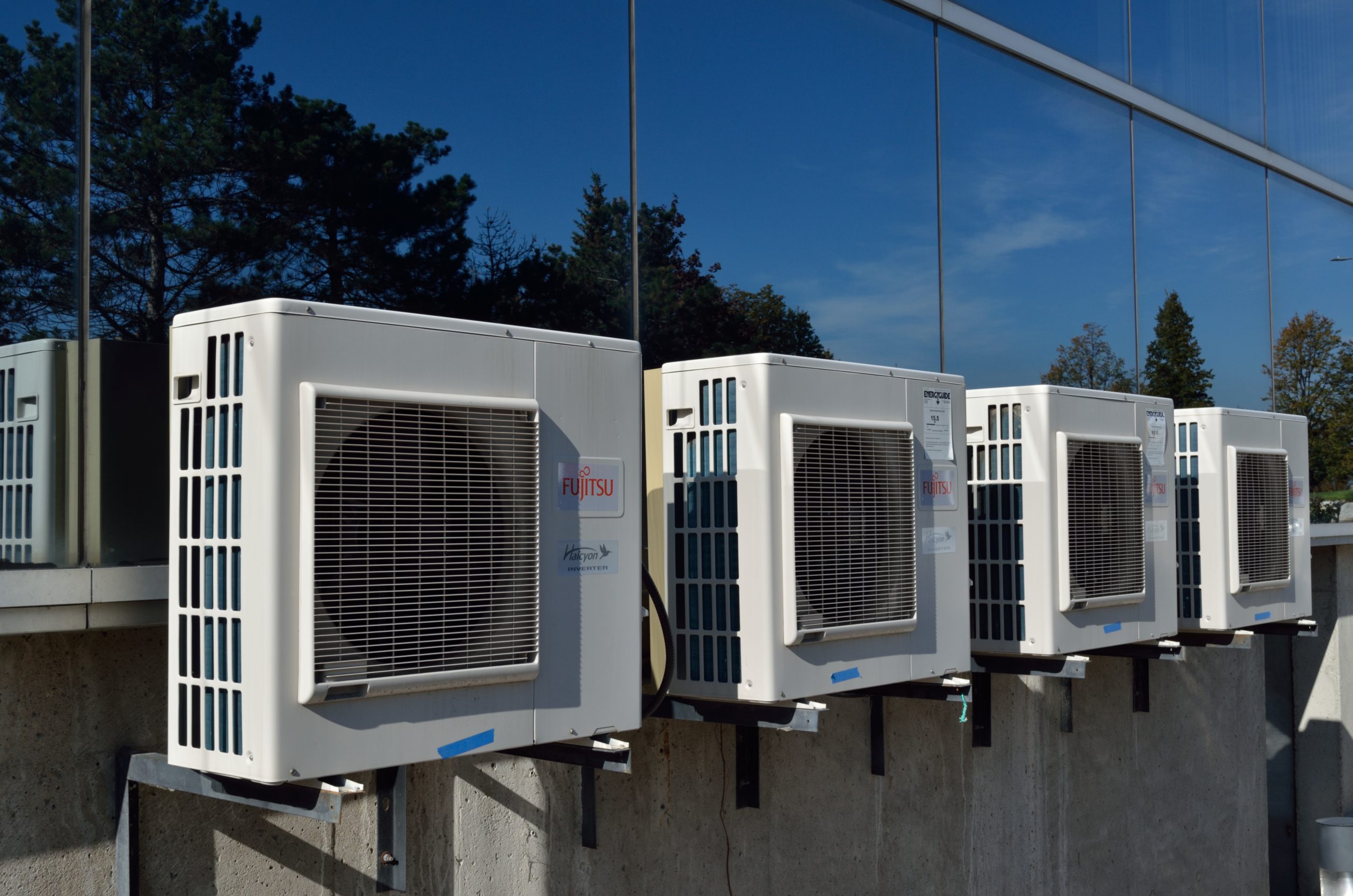
Qatar has a dry, subtropical climate with hot summers and non-humid winters. Not surprisingly, even in winter, daily temperatures exceed 30 degrees Celsius. Therefore, to provide a breathing and comfortable environment for the players, audience, and spectators, the organizers of FIFA World Cup 2022 introduced outdoor air conditioning technology in the stadium for the first time.
In preparation for the 22nd FIFA World Cup, Qatar has built seven grand air-conditioned football stadiums, which have been described as the country’s most extravagant. All air conditions are bad for the environment, especially with the increasing global warming of our planet, so now the question is, does this air conditioner installed in such a large and crowded place have any adverse effect on the environment? Will this further affect the pollution problem in Qatar?
To answer questions, Saud Ghani, professor of engineering at Qatar University, also known as “Dr.” Cool,” explained in an interview with TIME that it’s a closed-roof stadium that acts like a fabulous air bubble to the stadium. Secondly, it is equipped with retractable light-colored material that allows maximum light to reach the stadium despite varying weather conditions with minimal heat absorption.
Because each stadium is built as an isolated cold air bubble with a closed roof, air conditioners facilitate lowering the temperature of hot air inside the stadium, filtering it, and then cooling it. Saud Ghani called this outdoor cooling system “spot cooling,” which means that air conditioners reduce the temperature only in the areas where it is needed. As a result, players play in a relaxed, breathable, comfortable environment for fans to enjoy the match and cheer for their favorite teams.
“The trick is to make sure that you keep your bubble isolated, the microbubble from the macro bubble outside, Cold air is heavier, it stays at the bottom. Hot air is lighter and stays on the top,” says Ghani.
It stands to reason that an air conditioner will take more energy to cool an outdoor setting than an indoor one. However, to counter this argument, Ghani said that the most significant attention was paid to sustainability during the construction and installation of the technology and that the air conditioner installed in the stadium is more efficient and uses 40 percent less energy than any other cooling system for a similar grand area.
Wang Fei, a staff member of the China Higher Air Conditioning R&D Department, told the media that Qatar Stadium’s air conditioners convert solar energy into electricity from extended solar farms in Doha. The electricity then runs the air conditioner, which saves more energy than home air conditioners that rely on the power grid.
He further said that the ACs used in the FIFA world cup 2022’s Qatar stadiums don’t use the Freon, that cost-effective and damaging material like old times, which damages the ozone layer, as it is scientifically proven that a single fluorine atom is enough to eliminate ten thousand of ozone molecules.
“After all, manufacturing and scrapping are polluting, and also need to consider whether Qatar is 100 percent using solar energy to supply electricity for this air conditioner. In general, we design solar air conditioners to use part of the solar energy and the rest to use the ordinary power grid. Because solar energy is not always available, it has a certain degree of volatility,” Wang said.
According to Wang, using solar-powered air conditioners reduces air pollution. It cannot be denied that the impact on the environment will still be the same as that of domestic air conditioners and that it is inappropriate to convey the message that it is normal to install outdoor air conditioners, some experts have criticized.
Ghani, on the other hand, seems to be well aware of the criticism, and to address the situation, he said, “What we’ve done is a demonstration of sustainability in action in such big mega projects; it’s something that people should learn from, rather than just criticizing it without the knowledge, We’re designing for the future.”





